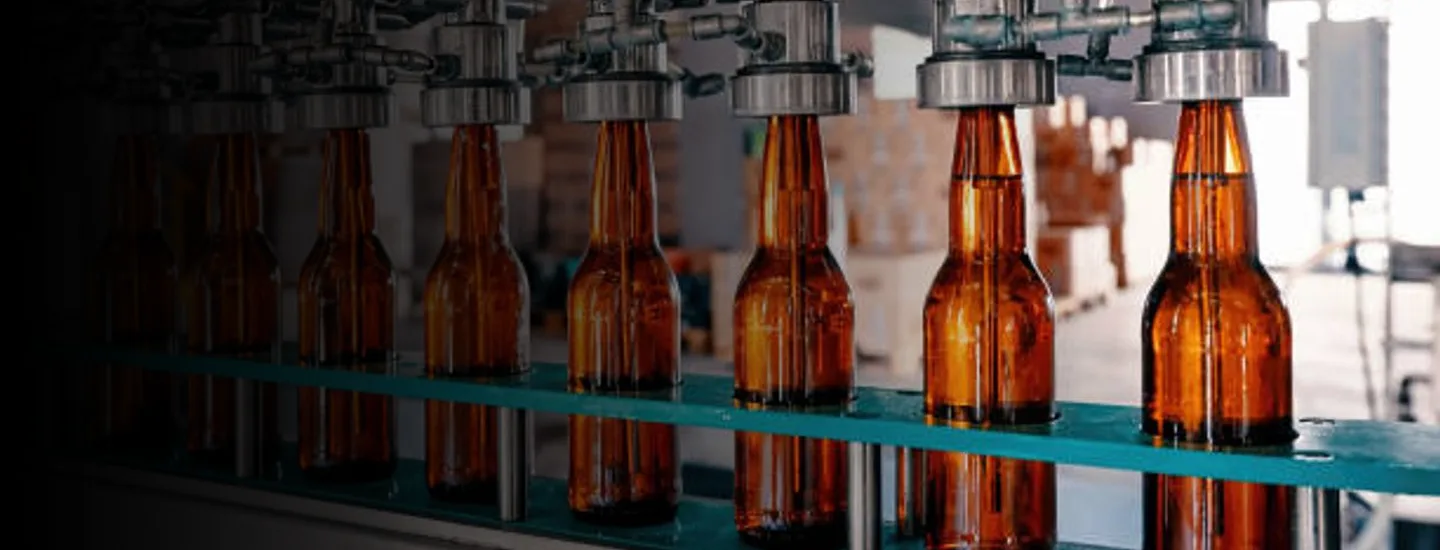This past year was one of volatility and uncertainty. Businesses faced various disruptions – from continuing supply chain challenges to a war in Ukraine, shutdowns due to COVID-19 flare-ups, and unprecedented inflation. Consumers were battered by rising prices, and while many remained resilient, the safety net provide by government subsidization is now receding. Many consumer products (CP) segments are seeing belt tightening. With a recession expected and consumer confidence faltering, we have identified five lessons for CP companies going into 2023:
1. Productivity never dies
Pricing was a key tool this year, but with consumer confidence at a 15-year low, companies must accept that rigorous productivity capabilities are needed to maintain and manage margin going forward. Gone, however, are the easy pickings of renegotiations, consolidation, and incremental continuous improvement. To drive productivity today, companies must challenge prior assumptions, work across siloes, address technical levers, and optimize end-to-end costs. But filling the pipeline is only half the battle. Companies must also build the muscle and infrastructure of a high-performing execution engine. Specifically:
- Align on a true measure of productivity, absent uncontrollable market effects
- Set aspirational targets that are aligned to product lines/portfolio needs and push for big solutions
- Create one source of truth, with full transparency of near- and longer-term opportunities
- Establish an active project management office structure and cadence
A large, multiple BU consumer food company was never at a loss for productivity ideas but struggled to marshal resources, set priorities, and govern decision-making to ensure execution. To address the issue, the client installed an active PMO structure supported by appropriate tools, common language, stage gating, aligned incentives, and external commitments that enabled a successful $1B+ productivity program that continues today.
2. In M&A, scaling is different from growing
This year saw a continuation of a multiyear trend toward smaller deals in CP ($200-250M on average). Challenged to boost organic growth in their core business, companies resorted to small acquisitions to enter higher growth categories and build capabilities. And given the nature of the additions, acquirers have overwhelmingly favored a bolt-on approach to integrating new assets. However, executives have started to realize a bolt-on approach challenges the ability to scale and drive not only revenue but also value.
Our advice for 2023:
- Clarify the strategy and ambition behind acquisitions
- Understand the market you are expanding into and how acquired assets can be positioned and combined
- Explore how your operating model should evolve, including go-to-market, supply chain, and back office
- Do not limit value creation to cost synergies—drive revenue synergies in an intentional and structured way.
Hershey is a good example. Despite a failed acquisition of Krave (2015), it accelerated efforts to build a Better-for-You (BFY) snacking portfolio with the acquisitions of Amplify (2017), Pirate’s Booty (2018), ONE Brand (2019), and Lily’s, and Dot’s Homestyle Pretzels (2021). Last year, Hershey unveiled its integrated BFY strategy. For the 12 months ending December 6, Hershey’s stock has grown 28.2%, overperforming both Confectionery and Consumer Staples indices.
3. Speed (without agility) kills
On the back of years of relative stability prior to the pandemic, companies doubled down on supply chain efficiency, optimizing lead times, capacity, and inventories with minimal room for flexibility. With the surge in demand in late 2020 through 2021, many found themselves having to deploy heroics to quickly get products to consumers, often at the expense of responsiveness and usually with a truncated product portfolio. Longer and streamlined supply chains were ill-equipped to deal with the volatility of 2022. As we head into 2023, companies must realize that agility and resilience are what will win the day. The following will help:
- Rebalance the supply chain, aligning on where capacity should best be held onshore versus offshore versus nearshore
- Improve inventory buffers based on expectations of volatility, building flexibility into the manufacturing base
- Balance supply risks such as single sourcing and create contingencies for major disruptions via, for example, prioritized SKU production in case of product capacity shutdown
- Maintain some flexibility in labor force and not get too far ahead in making cuts. Also determine what premium you are willing to pay labor for responsiveness
In September 2022, Nike’s inventories were 44% higher than prior year. It was hard to adjust the flow of goods across the long – and disrupted -- supply chain. Nike has since launched a “connected inventory” initiative to add flexibility to inventory management and improve its ability to serve customers across channels.
4. Digital wins, but not at any cost
Digital promised untold benefits, but very few have quantifiable gains to show. Many CP firms rushed to add digital capabilities to respond to the early pandemic online demand surge, but most of these rushed solutions are costly and clumsy. Digital winners typically do the following:
- Focus on use cases and impact while resisting the siren call of fancy, but unproven technologies
- Celebrate learnings from any failures and reward leaders who take smart, measured risks, even when they don’t pan out
- Adopt a test-and-learn philosophy. Develop solutions with the potential for large impact, but start small and scale investment only after proof points are clear
One of our clients, a leading durables manufacturer, invested significantly in digital transformation with no measurable P&L impact. To solve the problem, it launched six Minimum Viable Products to validate the impact of digital on business outcomes, ranging from e-commerce pricing to predictive inventory management. Four of the six saw proven results. The company launched full-scale programs in the four proven areas and is now on track to deliver well over a half billion dollars in EBITDA impact over three years.
5. Organizations have expiry dates
Before the pandemic, a clear trend of declining organizational lifespans had emerged. After a brief period of flattening, lifespans are again shortening. With profitability coming under more intense pressure – especially as pricing becomes a less available lever – G&A and organizational structures, models, and hygiene are at the forefront of the efficiency and effectiveness agenda
The most successful businesses during these turbulent times have proactively and routinely shaped their organizations – starting with the management team – to be more agile and resilient. Several learnings stand out from our work helping clients design and build fit-for-purpose organizations:
- Ensure the operating model (CEO + direct reports) links directly to the business strategy, and that it promotes clear executive accountability
- Prioritize organizational capability development -- targeting those capabilities that deliver competitive marketplace differentiation
- Revisit functional resourcing levels in light of changing business priorities and external markets – don’t let poor financial performance be the catalyst for organizational restructuring
- Attack workload drivers – eliminate, automate, simplify, standardize, and centralize low-value activities with a hyper focus on critical cross-functional processes
We recently supported a multi-billion-dollar branded CP client redesign its operating model focusing on restructuring the business, strengthening core cross-functional processes (e.g., S&OP), and building new go-to-market capabilities (e.g., insights and analytics). The business transformation has delivered significant results – outperforming market peers, capturing share, increasing talent diversity, and driving significant improvements in employee engagement scores.
If the last few years have taught us anything, it is that the prevailing situation and market conditions can change quickly and that businesses must be both efficient and agile. The companies solving this dual mandate will thrive in stability but also be advantaged in volatility. As we head into 2023, we suggest leaders take stock of where they are in retooling their organizations, processes, digital, and productivity engines to position for continued performance in what promises to be continued uncertain and challenging times.






